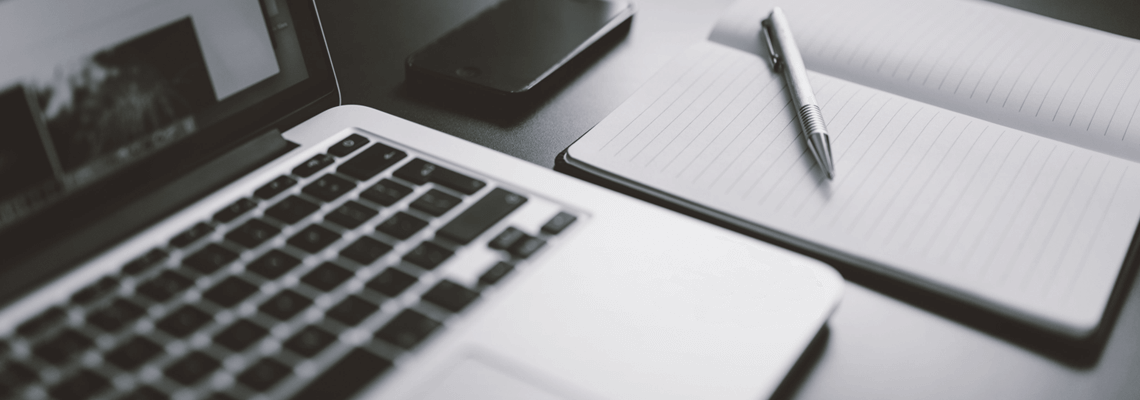
USING CAR ACCIDENT DAMAGE IN FAULT DETERMINATION
Fault Determination
Just as a detective will use clues to solve a crime, there are some important clues the courts and insurance companies use to decide who will pay all or most of a car accident liability claim. The industry term is ‘fault determination.’
One of the most straight-forward examples of fault is in the example of a rear-end collision. Location of the damage on the vehicles can also provide proof of a rear-end collision. This can be seen if the back of one car is damaged along with the front of the other. In most cases, a driver who hits another car from behind is at fault. Likewise, in a left turn accident, if there is damage on the front-end of one car and on the front-right side of the other, the car making the left turn is typically regarded at fault.
In other car accidents, determining fault by car accident damage can be more difficult. Consult with our Accident Attorneys to be advised if it will be necessary to consult with an accident reconstruction expert, in your case. An accident reconstruction expert can help determine fault by closely examining the car accident damage. These experts have specific knowledge of physics, acceleration dynamics and engineering. Accident reconstruction experts who specialize in car accidents may obtain debris measurements, create models, or in some cases re-create accidents in their effort to understand exactly how a complex vehicular accident happened.
Fault Determination in Criminal Cases
Car accident damage is not the only factor these experts examine to determine fault. According to the American Prosecutors Research Institute (APRI), experts investigate issues such as steering wheel angles, headlights, anti-lock braking systems, sudden acceleration, crash worthiness, or point of impact. The nature of the accident victims’ injuries and factors such as speed and breaking, visual impairments, and weather conditions are also investigated. Additional factors include use of lights, turn signals, and cruise control. Witnesses are interviewed, and physical evidence such as tire marks are examined. Inspection of the road surface is also important, especially when traction has been lost due to black ice, spilled fuel, or obstacles such as road debris.
The best time to decide who is at fault is at the scene of the accident. When police respond, this is why they ask detailed questions at the scene to be written into their report. Be prepared and carry a notebook in your car to take notes in case this occurs. Do not just rely on your memory! After an accident, as soon as you can, draw a diagram of what happened and write a detailed account. Re-reading this before talking to lawyers is a good idea. Always discuss your accident with a car accident lawyer Chicago IL trusts before talking to an insurance claims adjuster.
Thanks to our friends and contributors from The Law Offices of Konrad Sherinian from their insight into car accident damages.